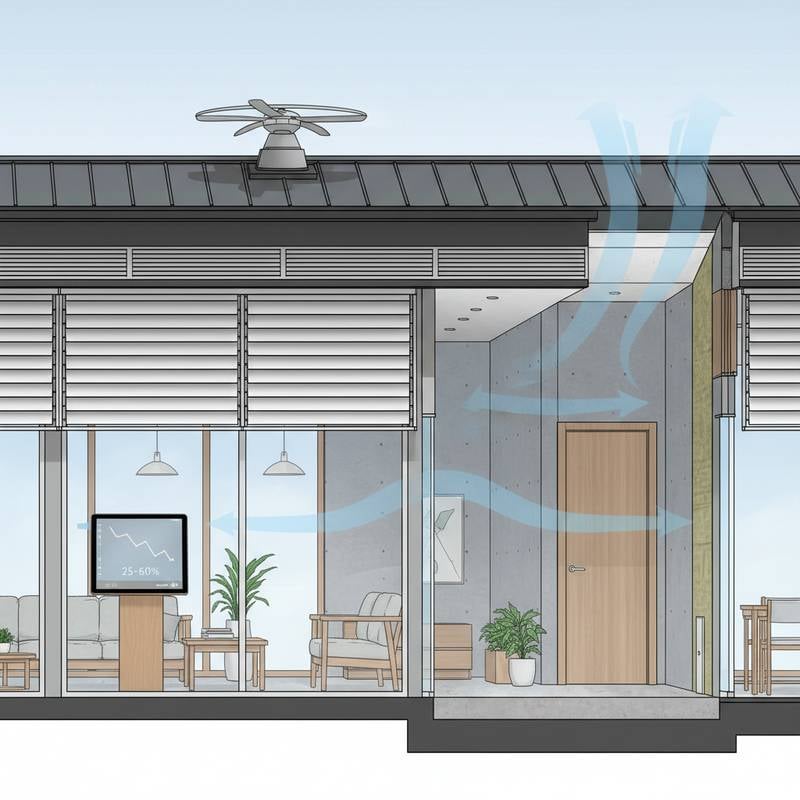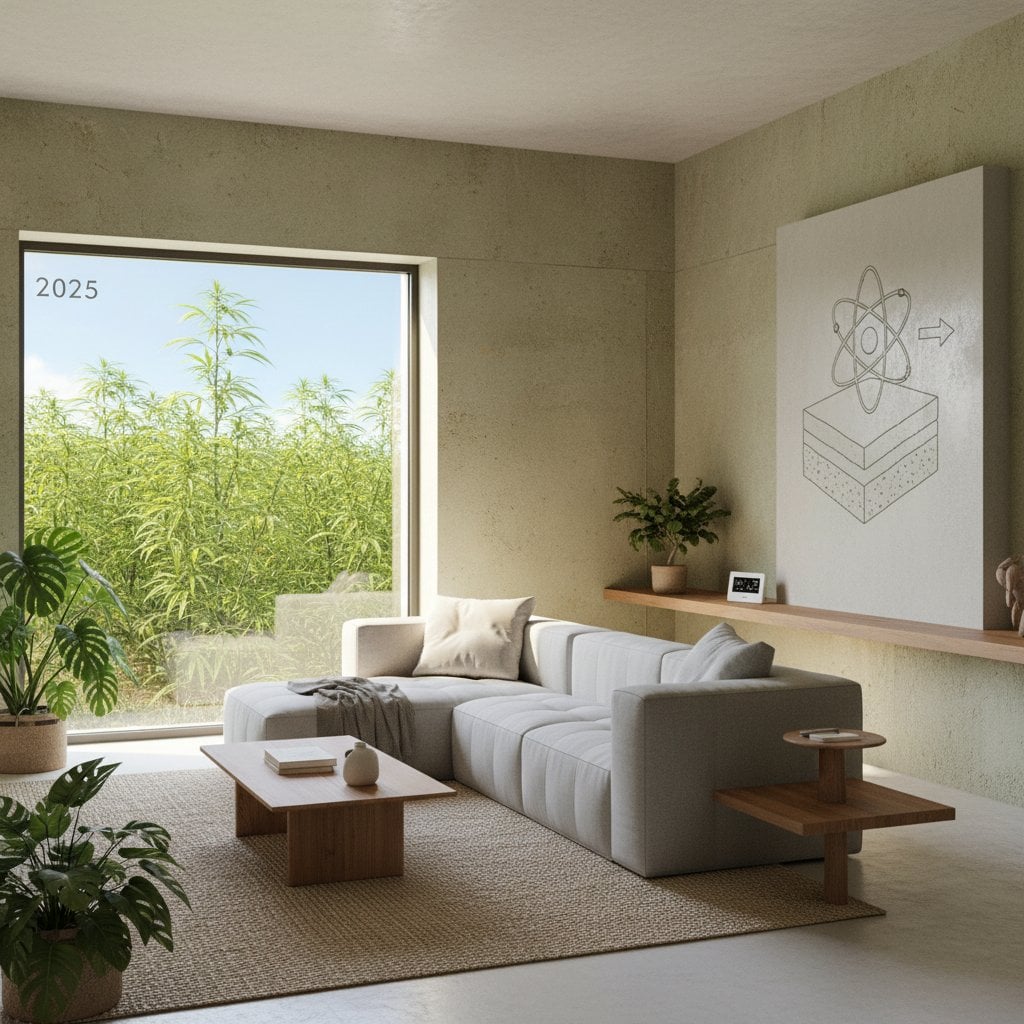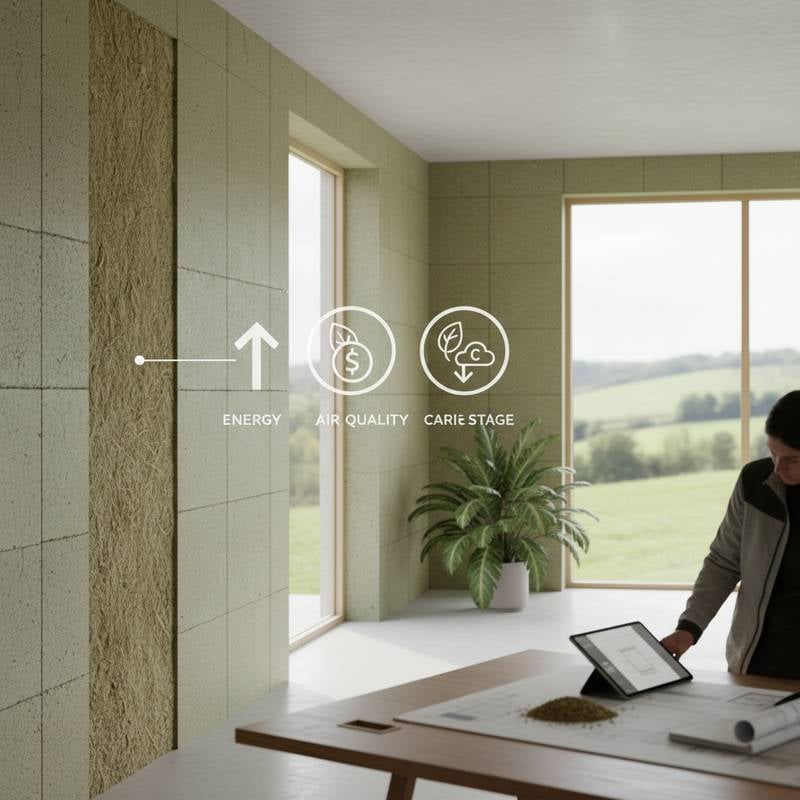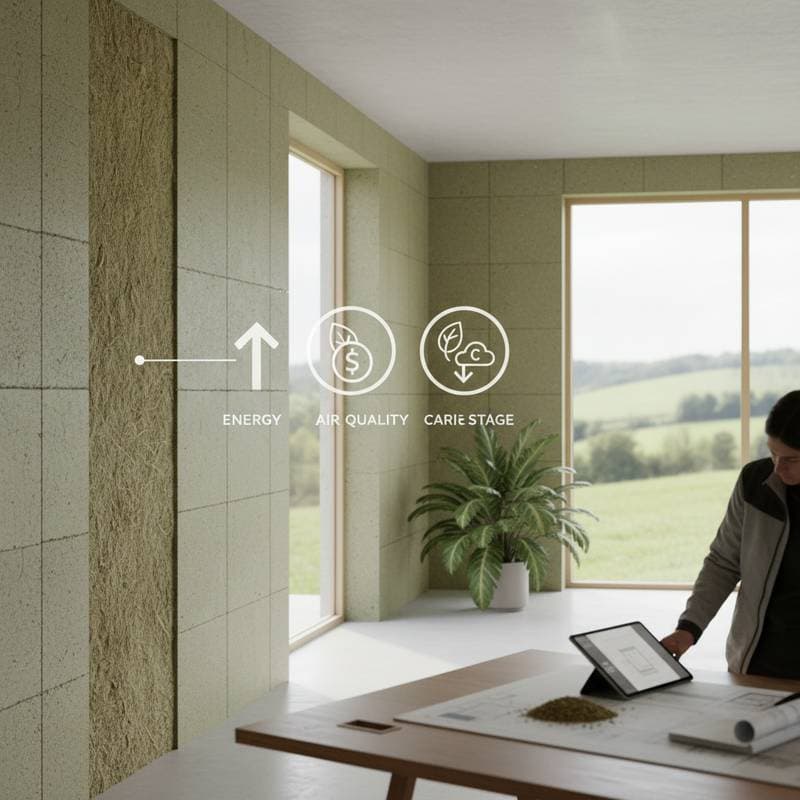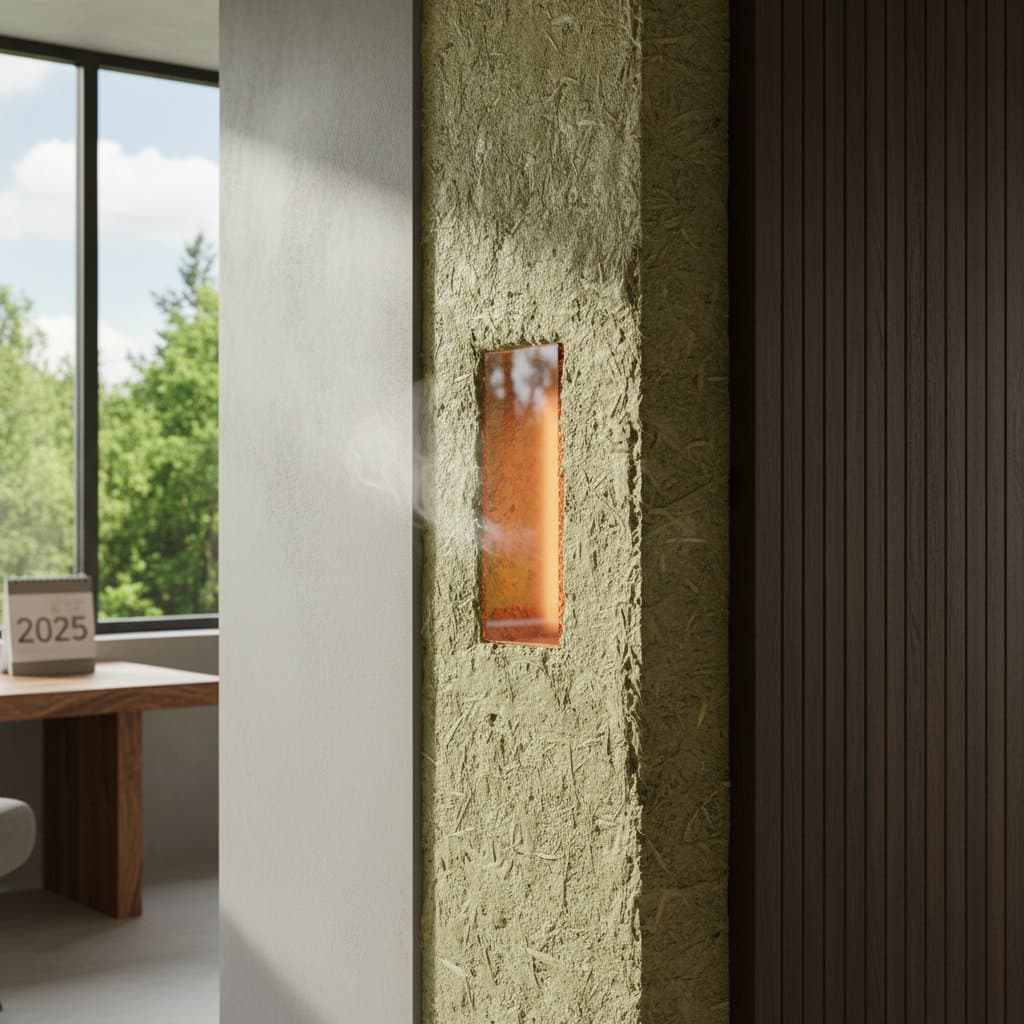Key Benefits of Mycelium Insulation
- Provides a renewable and compostable option that replaces synthetic materials derived from fossil fuels.
- Features higher initial costs per square foot, balanced by energy savings and simple end-of-life composting.
- Suits new builds and retrofits focused on lowering carbon footprints and enhancing indoor air quality.
- Offers durability and fire resistance for use across various climates with correct installation.
- Delivers ongoing value via reduced utility expenses, greater comfort, and increased home resale appeal.
Challenges of Traditional Insulation Materials
Homeowners often encounter trade-offs when selecting insulation. Materials like fiberglass and foam provide solid thermal barriers yet depend on petrochemical sources. These products contribute to high manufacturing emissions and complicate disposal efforts. With sustainable practices on the rise, alternatives must safeguard the environment while supporting financial well-being.
Mycelium as a Natural Construction Solution
Mycelium, the fungal root network found underground, binds organic materials into a lightweight yet sturdy form. In controlled environments, it expands to form panels or blocks that substitute for petroleum-derived foams. After heat treatment stops growth, the material hardens for application in walls, floors, and roofs.
Experts in green building value mycelium for its strength, minimal energy use in production, and ability to biodegrade. Unlike foams that persist in landfills indefinitely, mycelium returns to the earth without harm. This approach shifts from resource depletion to regeneration, utilizing crop residues as raw inputs.
Performance in Thermal and Sound Control
Mycelium insulation matches mineral wool and cellulose in effectiveness. It achieves R-values of 3 to 4 per inch, varying with density. Though not the highest among foams, its breathability and humidity management minimize performance gaps.
The material prevents moisture buildup, lowering chances of condensation and mold within walls. Its porous design also absorbs sound waves effectively, reducing noise for calmer indoor spaces. These traits make it viable for homes and offices alike.
Economic Analysis: Upfront Costs Versus Long-Term Gains
Mycelium insulation costs 10 to 30 percent more than fiberglass initially, due to smaller-scale production. However, annual energy reductions of 10 to 15 percent lower ongoing expenses. Pair this with reduced upkeep and better air quality, and the return on investment aligns with upgrades like solar systems or energy-efficient glazing.
Beyond operations, lifecycle economics favor mycelium. Synthetic disposal incurs fees during major projects, while mycelium composts easily or repurposes. This loop cuts long-term costs and environmental risks.
Durability, Safety, and Regulatory Compliance
Concerns about a biological material's longevity prove unfounded through testing. Cured mycelium stays dry, repels insects, and withstands compression like cork or hemp alternatives. It maintains form in structural roles.
Regarding fire, the material chars externally to form a protective layer, avoiding quick flame spread. With standard finishes like plaster, it rivals mineral wool in resistance. Certified projects demonstrate code adherence, though builders must confirm local requirements via accredited labs.
Broader Ecological Impacts
Mycelium production uses far less water and energy than traditional methods. It repurposes waste like straw and sawdust into building components. Each panel sequesters carbon, countering emissions from other construction phases.
At end of use, decomposition enriches soil rather than burdening landfills. This process aligns with circular economy principles, where materials cycle back into nature productively.
Enhancing Indoor Health and Comfort
Indoor air quality ranks high for many residents. Synthetics often release chemicals or harbor mold with added retardants. Mycelium avoids toxins entirely and stays mold-free when dry.
Occupants benefit from fewer irritants and steady humidity via its permeable nature. This setup promotes respiratory health and averts building decay. Families prioritizing wellness find it ideal.
Installation Techniques and Upkeep
Mycelium comes as rigid panels for standard cavities or loose fill for odd shapes. Installers experienced with cellulose transition smoothly. It slices without dust or irritation, skipping masks common with fiberglass.
Post-installation, it holds position without settling under normal conditions. Retrofits blend into existing frames with little alteration. Phased projects allow budget-paced improvements with minimal interruption.
Comparisons in the Bio-Based Market
Against peers, mycelium excels in eco-efficiency. Hemp and wool match sustainability but demand more farming. Cork endures well yet faces supply limits. Mycelium's waste-based origin offers superior environmental and scaling potential.
Supply grows with bio-tech investments, promising price drops. Soon, it may join mainstream options beyond specialty use.
Steps to Integrate Mycelium Insulation
Homeowners and builders can adopt mycelium through targeted actions.
-
Assess Project Needs
Identify focuses like efficiency, emissions cuts, or health gains to match mycelium's strengths. -
Engage Specialists
Partner with architects versed in green materials for seamless designs and approvals. -
Calculate Full Ownership Costs
Include savings on energy, repairs, and disposal beyond initial outlay. -
Select Verified Suppliers
Opt for products tested against environmental and performance benchmarks. -
Incorporate Synergistic Features
Pair with breathable barriers, natural finishes, or renewables for amplified results.
Strategic implementation turns homes into models of sustainable progress. Mycelium insulation advances design that balances vitality, efficacy, and planetary care.


